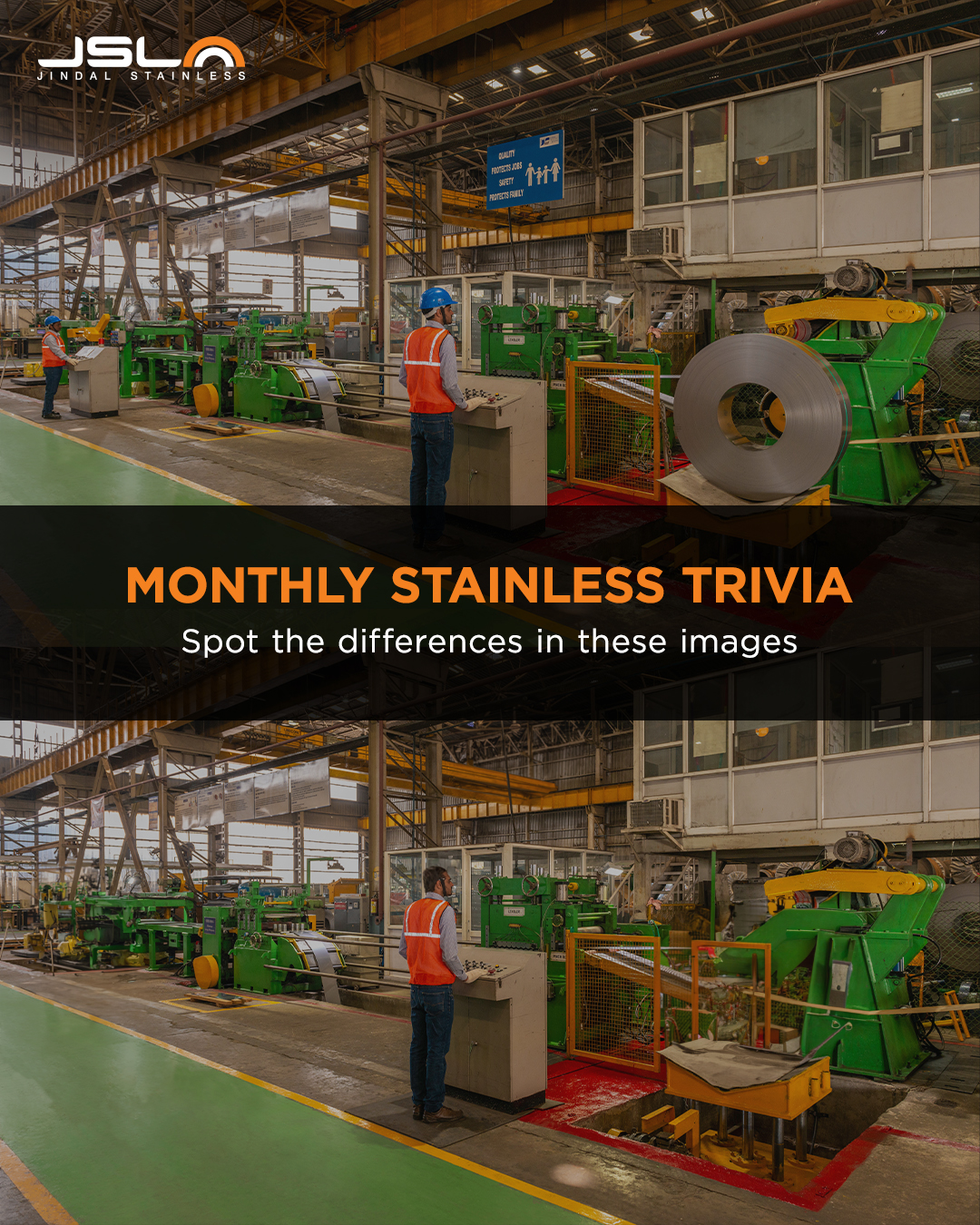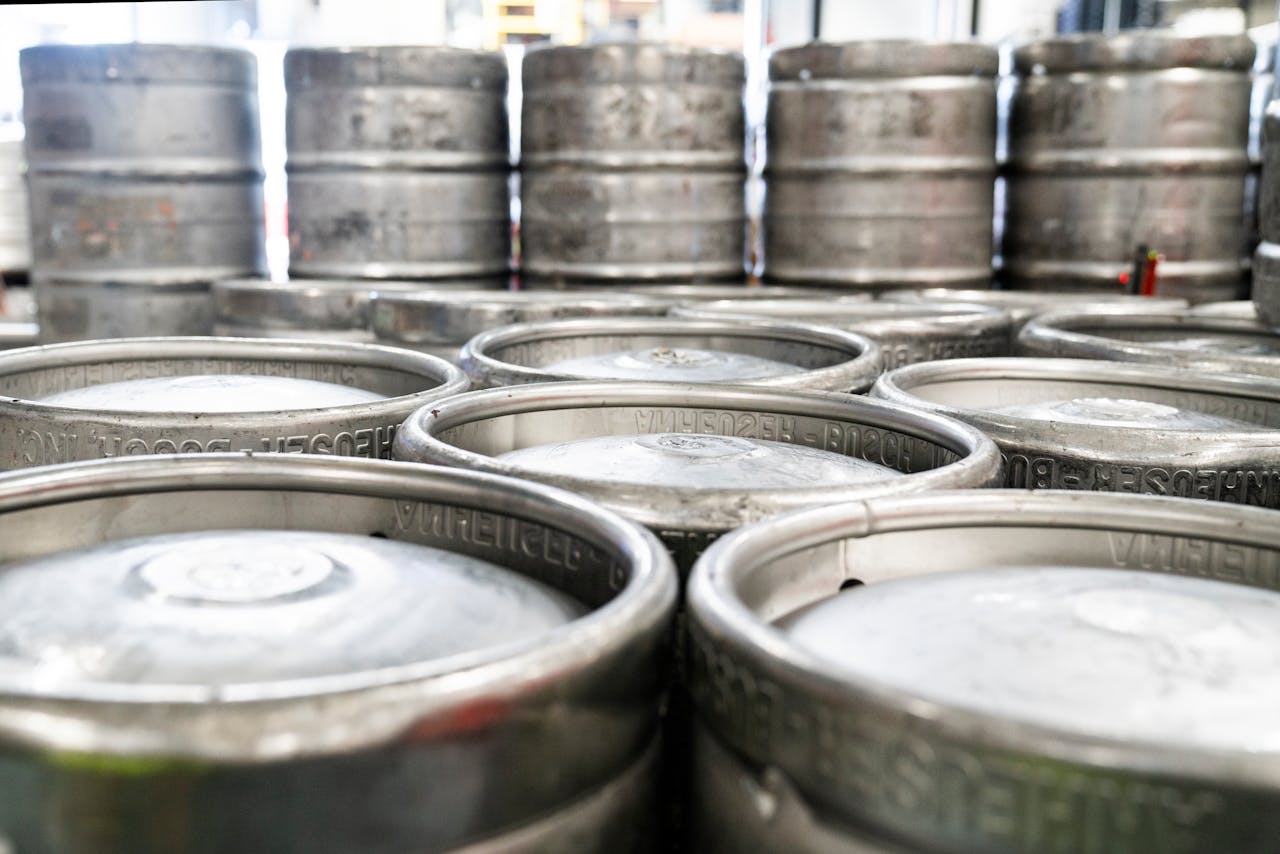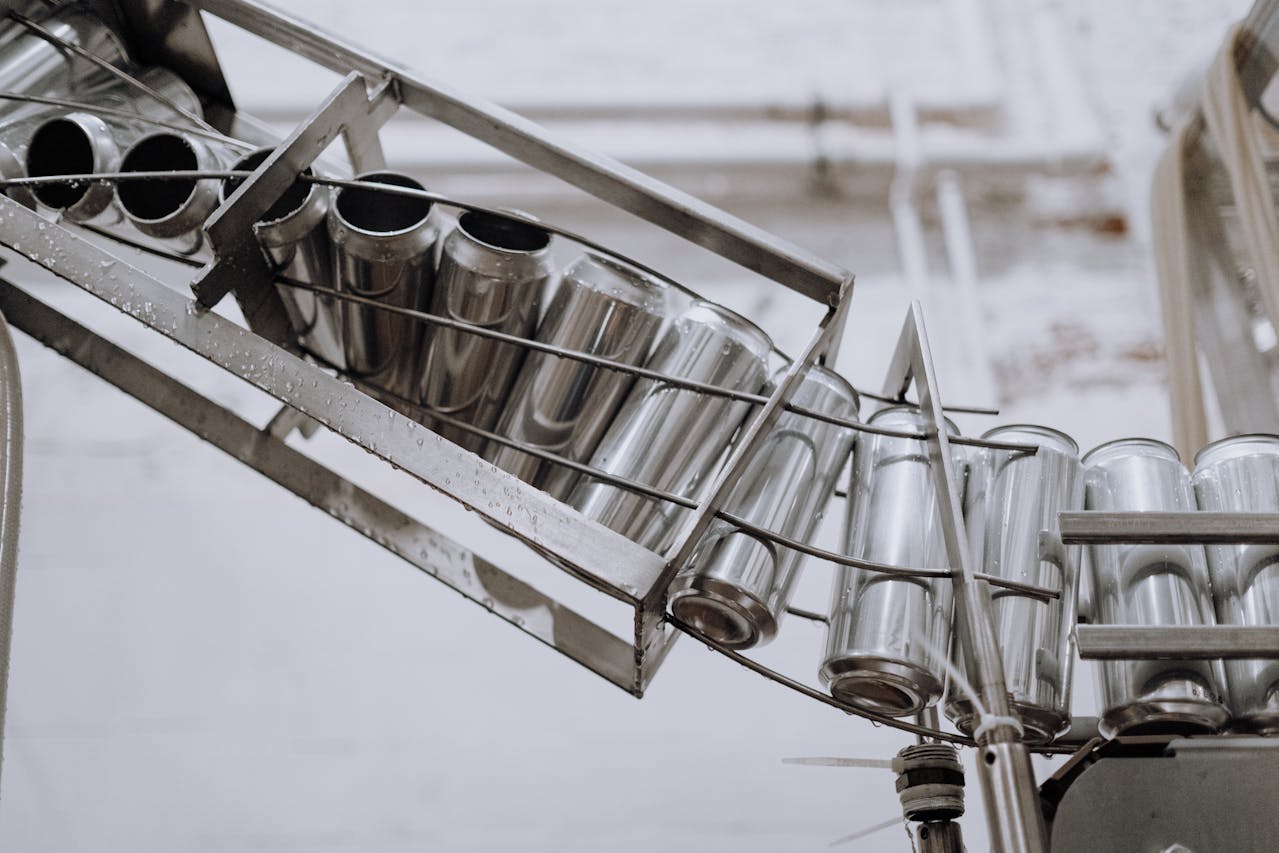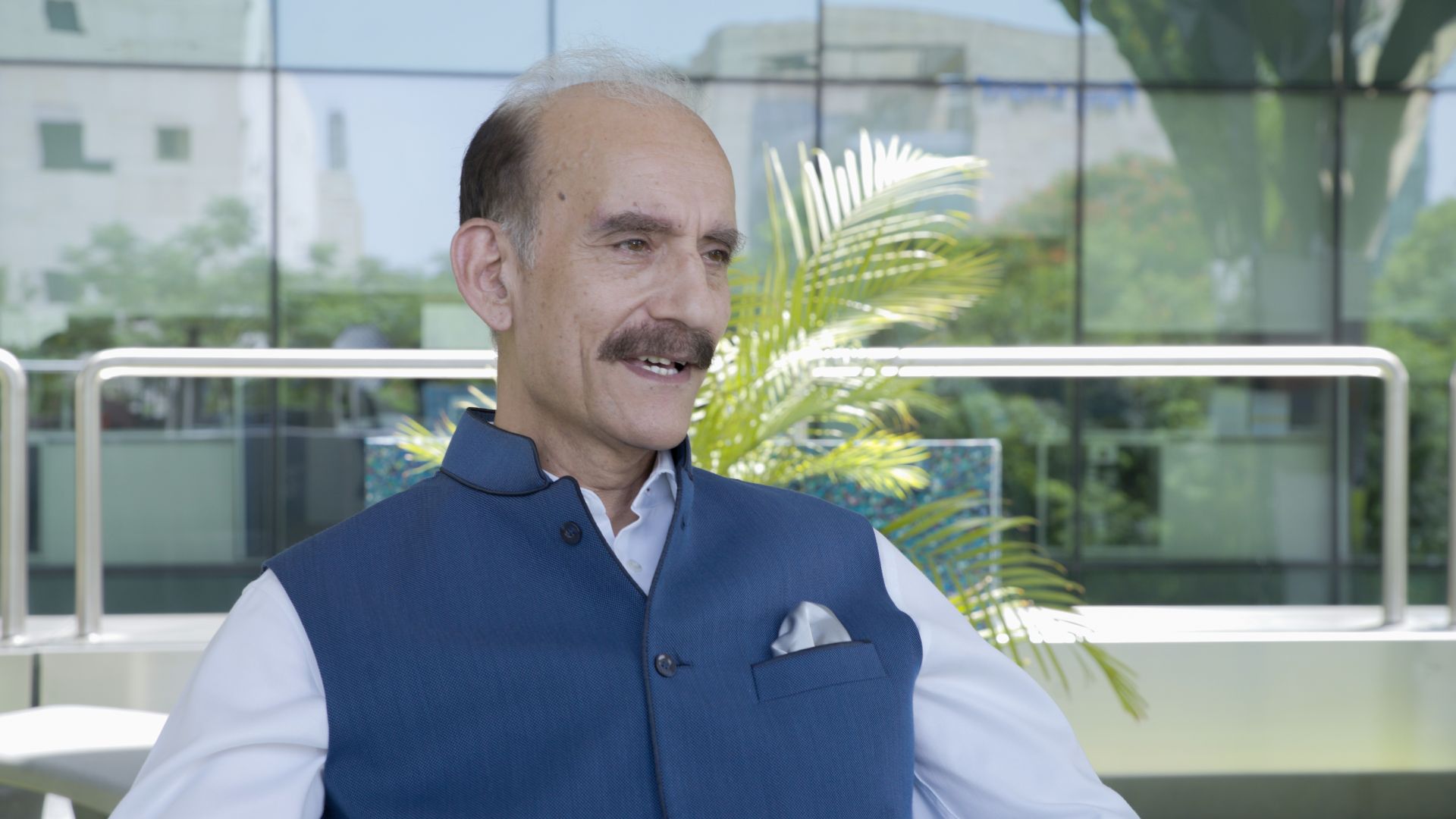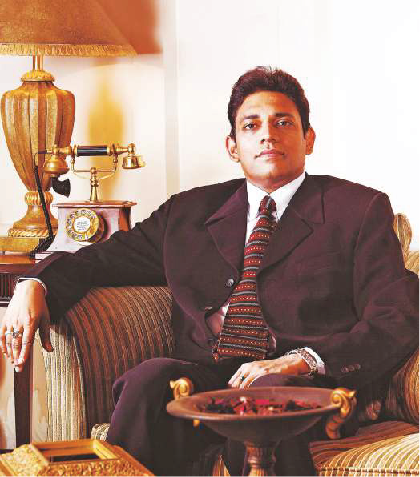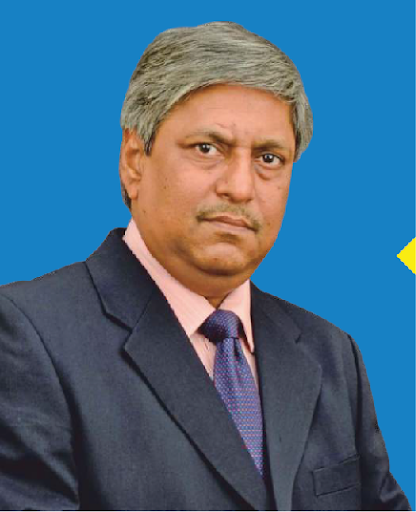Interview of Professor (Dr) Arnold Dix, President of the International Tunnelling and Underground Space Association (ITA)
December 24, 2024
In an insightful conversation with Professor (Dr) Arnold Dix, President of the International Tunnelling and Underground Space Association (ITA), we explore the fascinating world of tunneling and underground engineering. With decades of expertise, Dr Dix has been instrumental in shaping global policies and projects, driving innovations in sustainable construction and disaster management. In this edition of Stainless Post, Ruchi Panigrahi from Corporate Communications speaks with Dr Dix to delve into his inspiring journey, his pivotal role in the Silkyara rescue mission, and his vision for leveraging underground spaces to build a more resilient and sustainable future.
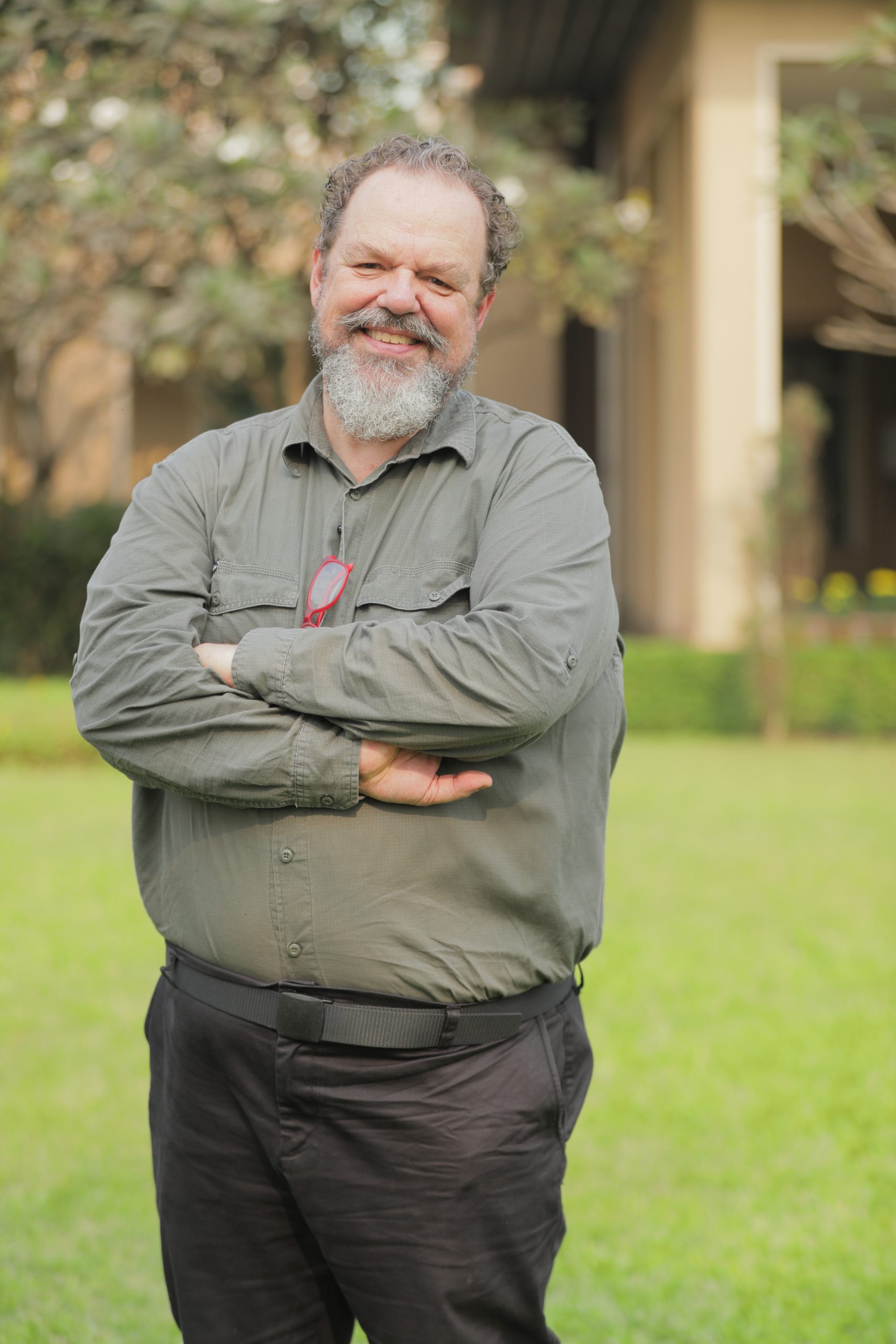
Tell us about yourself and about your journey as being the president of the International Tunneling and Underground Space Association.
Thank you, Ruchi. My name is Professor Arnold Dix, and I’m originally a Mining Geologist, a professor of engineering, and a lawyer. And my career has entirely been focused on the underground. And I have the honour of being elected President of the International Tunneling and Underground Space Association. That’s an organisation of more than 80 member nations, several hundred thousand members and we specialise in all things underground and we’re the primary advisors to the United Nations. So if it’s underground, I’m your guy.
I grew up working in a family business and from very young, I fell in love with of all things rocks, uh, and, and all things natural. So I have this, um, love affair since being a child in the natural world with a particular love of rocks of all things and that journey took me to university where I studied into the mining sector, into the underground, into corporate law, into disasters, uh, into virtually everything underground. So my career is, I tell young ones, My career is like a sailing boat that goes with the wind. If I’m blown in one direction, I just go in that direction. And if I blow in another direction, I go in that direction. But I always work hard and always try to be the very best I can and whatever I’m doing.
We’re living in an age of rapid urbanisation. How do you see the role of tunnels and underground spaces evolving in this world? And why do you think it is critical for modern-day infrastructure development?
So right now, I’m in India, the largest country on earth. You’ve topped 1.4 billion people. You’ve got the largest cities in the world, the most densely populated cities in the world. And you’re not alone. And what we’re seeing is right around the world at the moment, people flocking to the cities in search of a better life, in search of education, in search of clean water, in search of medicine.
It’s urban environments people want. But with that comes incredible challenges and it’s in those areas of challenges that the underground is not only uniquely placed, it’s, it’s essential. So, for delivering clean water, the water you can drink and not get sick, for dealing with sewerage, for dealing with transport, for dealing with energy, for dealing with safe shelters, dealing with all these things, the underground is perfect in these urban environments and also it liberates the surface for the beautiful things. So, if you can put a road underground, you can have a garden on the surface. If you can put your trains underground, you can stop the blight in the sky. So, for me, it’s just so clear that urbanization, the challenges of the modern world, require underground solutions for urbanization and also from a sustainability, environmental, and ESG point of view.
Also, it has the best footprint in my mind. Um, delivering much better cities, much more liveable cities, much more social justice. Just, it’s brilliant. better.
You’ve been in the industry for a very long time. What is your take in regards to the input material used in infrastructure, tunnels in particular?
I think the challenge that we face is that tunnels in particular essentially last forever. And so sometimes people come with a mentality that a tunnel is like a building. Its design life might be just 20 years or 30 years. But that’s not it at all. The tunnels that were built hundreds of years ago in our cities, cities like London, New York, Paris, and Boston, the tunnels are still there and they’re still in use.
So, the huge effort to build the underground, underground infrastructure needs a different way of thinking about how we fit it out, how we put in all the essential services, and how we actually manage it. And so, I think there’s been a disconnection between these incredibly resilient spaces that we build underground and a lot of the electromechanical systems and fit outs that we have because the tunnels are forever, but often the equipment doesn’t last so long.
And so that’s why, in my capacity as the President of the International Tunneling Association, I’m always on the lookout for things that last, because they’re there. The spaces we build, we need longevity. We need things to last with us.
Speaking of longevity, what do you think about the use of stainless steel in such infrastructures?
So, from my perspective, stainless steel offers the life that I want to be coupled to the infrastructure that I build. So often I see, the supporting infrastructure in the spaces I build destroyed, literally destroyed, literally falling off the walls, literally no more in as little as 10 years and certainly within 30 years.
So, typically what we see is the initial decisions to build the underground infrastructure, often with what we call L1, the lowest price. But this is crazy. And the reason it’s crazy is, if you really need the infrastructure, it means that forever it’s going to be needed. That means every day.
So, if you’re building infrastructure that’s needed every day, why would you on purpose fit it with equipment materials that will only last for 10 or 20 years? Because if you do that. This infrastructure that you’ve built can’t be used in 10 or 20 years and you have to build it again, you have to put the equipment in. So, from my perspective, having this alignment of, The infrastructure, which, as I say, lasts forever, with equipment and other materials that also, as best we can, last forever, actually delivers the sort of resilience, the sort of total lifespan, and performance that, that I’m looking for in the underground.
Stainless steel is an obvious choice and it’s not an obvious choice theoretically, it’s an obvious choice because it’s been proven to work. We know that it works. You should spec the steel for the particular conditions you have underground, often harsh conditions, often with harsh geotechnical conditions, geochemical conditions, and it will last. So, for me, it’s very straightforward. It’s, it’s the perfect marriage. I’m involved with an industry that builds infrastructure forever and stainless steel lasts essentially forever as well.
You are considered a leading technical expert in your field, what according to you has been the most challenging task that you’ve undertaken so far? And if you could share your key takeaways from that.
The most challenging task I’ve ever done was actually here in India last year. And I think being asked to assist the wonderful team at the Silkyara rescue was the hardest. And the reason it was the hardest was we had everything to lose. So normally, when I’m involved in a disaster, mostly, you’re trying to learn the lessons and you’re trying to, you know, make sense of some terrible thing that’s happened. But in the case of Silkyara, everyone was alive. And so, actually, we had everything to lose.
And that’s why, at the time, I was saying, it’s not a disaster, it’s a rescue. We can make it a disaster, but let’s keep it a rescue. And I think the key takeaway there was the importance of humbleness, humanity, being a human being, being a little sensitive, because engineering was everywhere. But what we needed was everyone to work together and for everyone to understand that there were 41 kids in there who we were going to bring home. And to bring a softness to the mission because if, and this is really interesting because here I am as a scientist engineer and you might see my eyes are a little sparkly at the moment because I it actually it’s quite serious for me. Yeah, it’s the humanness of what we do. So for us in the tunneling, we have to work as a team to keep everybody alive. The infrastructure we build has to be safe because we’re the experts in this.
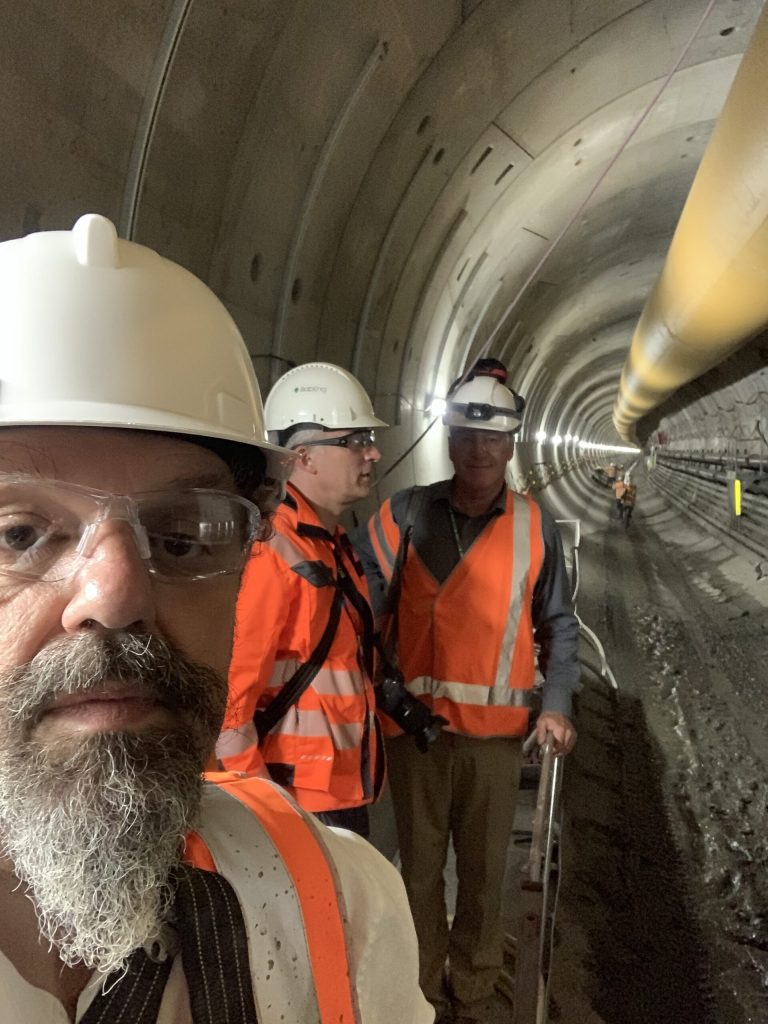
So, if someone gets on the Delhi Metro. They don’t need to know how we do it. They just need to know that we do it. And part of that, part of keeping it safe, and for those engineers who are listening, we know, we need the cable trays to stay up. We need, we need the bolts to stay in the wall. We need the cabinets to remain protected from the elements, we need that. Because to move millions of people safely requires a total system to work like as one team. That’s why the quality of the materials, including the stainless. It’s so important because it’s too easy for people not to maintain. It’s too easy not to notice that the bolts have corroded in the wall. It’s too easy not to see that the cable tray is about to fall on the train. And if that happens, we can’t deliver the safe outcome, just like in the food industry, just like, in the pharmaceutical industry, just like in space, like all the things that you’re involved in. So, you produce a quality product and everyone relies on it. My sector relies on it as well. So, that’s why it’s important to me.
You have travelled across the globe. You’ve been to many countries, and you’ve seen their infrastructure. What insights or practices that you believe will further enforce, further strengthen India’s infrastructure development goals?
I think it was really well captured by Union Minister Gadkari yesterday at the meeting that he came and spoke at. I think for India, capturing the lessons learned from all the sectors, at the moment you’ve got a very active hydro sector, metro sector, high-speed rail sector, highway sector, underground energy sector, and defence sector. And all of them are busy building tunnels. And to consolidate that learning, and to actually as one nation come together, I think is ‘the’ step. It’s like the next step as India accelerates. And in his speech yesterday, uh, spoke about India’s ascent to, I think third largest economic power in the world. I think that might be a medium term, not a long-term goal. I suspect it might be more than that. And that’s what I feel here now, and I see it.
And I think, if anything, India is a little modest about its capacity. And in terms of modesty, I look to the space program. How did you do that? Like, how did you end up getting a rocket? Yeah, with the budget you’ve got. And firstly, there was your lunar mission and then there was the mission to the Sun and you’ve built a really reliable lift rocket system, got your own technology. So, this tells me that, not only have you got vision, but you’ve got capacity.
And I like to think that if you can do that for outer space, you can do it for under space. So, this is the underspace program of India, and I’m confident that you can do it and are doing it. And that’s what I’m saying.
What are the things that we should focus on to ensure safety and sustainability in all infrastructure development in the country?
So even though I’m a scientist, and even though I’m an engineer and all those sorts of things, I think, the people. Because it’s not about process, it’s about hearts. So, if you’ve got the hearts, you’ve got the minds. And what I’m noticing in your young, your young engineers, I work with different universities, they’re engaged, they’re wanting to build a nation, they’re wanting a better future for themselves and their families.
They’re worried about the environment, they’re worried about sustainability, but more than that, they feel empowered. This is my sense, they feel empowered, they will make a difference, this generation will make a difference. And capturing that energy and actually saying to our young, you are the generation, you will deliver this nation. You have the power, our blessings, go forth. That actually will deliver the sustainability development goals, that will deliver the social equity that you’re looking for. It will increase the standards of living, lifestyle, life expectancy, health and general well-being, because the hearts want it. I mean everything follows after that.
So that’s my feeling, from me, you know, old bloke, coming to the end of my career. That’s my feeling. That’s my sense of the future. And I think the young are going to do it. I think they want to do it. And the reason they want to do it is the world at the moment looks really, really bad. And I think they can rightly blame the generation above them for having navigated us into this position. And for whatever reason, we’re fumbling things at the moment. So, I’m saying to the young ones, come on, stand next to me. I’ll share whatever wisdom I have. I’ll share whatever knowledge I have. It’s your world. Come on, let’s make it better.
And, and I think quality companies producing quality products, your stainless, quality organizations like mine, producing a better future for all of humankind and the environment, water, sewage, energy, transport. Together, we actually do the real stuff. Like it’s not the blah, blah of a narrative. This is, we actually make the future through the things that we build together. And I think that’s fantastic.
